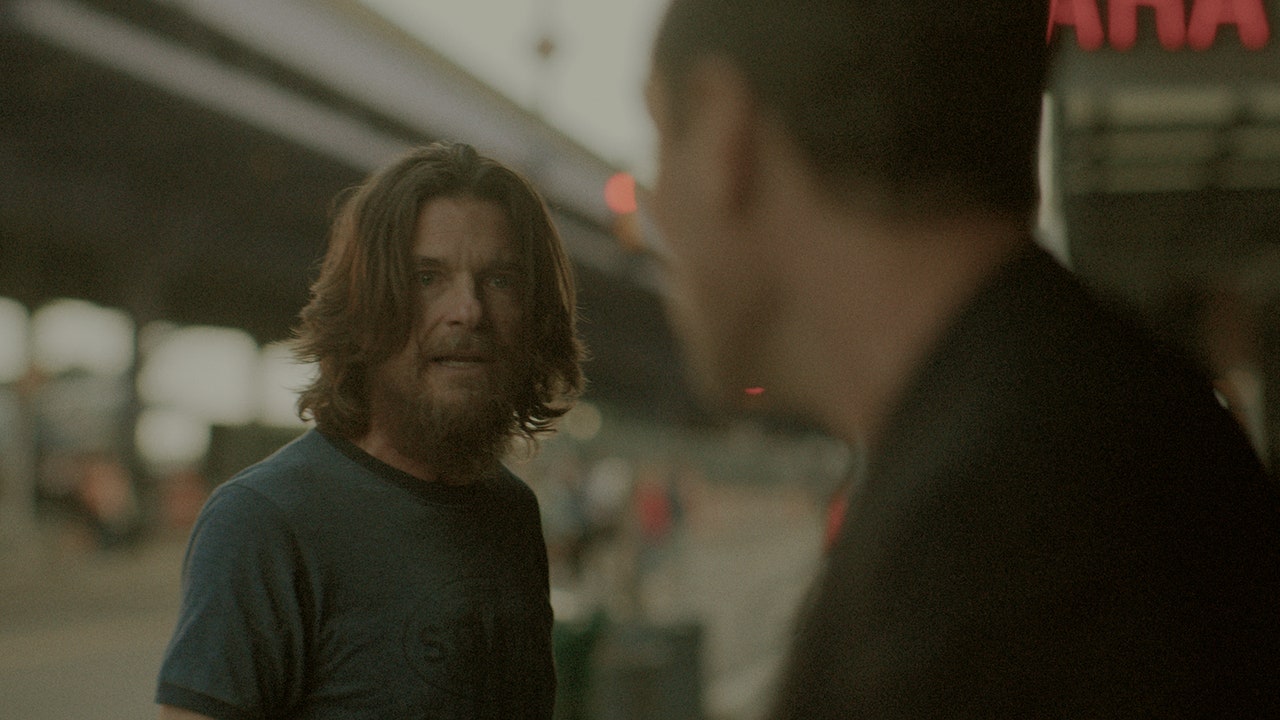Bateman directed the first two episodes of Black Rabbit, and as with Ozark, he was permitted to approach it like his own film—from location scouting
Bateman directed the first two episodes of Black Rabbit, and as with Ozark, he was permitted to approach it like his own film—from location scouting to casting to hiring the directors that would helm the rest of the series. “[Baylin and Susman] were good about the dynamic in that it’s a director’s set as opposed to a writer’s set, like television can be sometimes,” Bateman says. He asked his Ozark wife Laura Linney to direct the next two episodes, which kick the show into a riveting fresh gear. “I finally convinced her to direct an episode of Ozark, and it was one of our best episodes ever—and the first thing she ever directed,” Bateman says. “With this, it’d have been easy to just say no and keep the free time—but she stepped into it knowing how difficult it was, and did an incredible job.”
Bateman and the show’s three other directors—Linney, Ben Semanoff (another Ozark alum), and Justin Kurzel (yes, it’s a full The Order reunion here)—took advantage of the gritty on-location shoot. Bateman has also gotten used to acting in his own directorial projects. “He set the bar pretty high,” says Law, who’d never acted opposite his own director until Black Rabbit. “It didn’t feel like he was flitting backwards and forwards, putting one hat on for another.”
Once Bateman left the director’s chair, he outlined the aesthetic arc of the show’s remaining episodes. He wanted the camerawork to be increasingly handheld as things started really falling apart. The feel of the city would still be reinforced by Jake and Vince’s journey: “They’ve got just enough street smarts and savvy to have some success, but not enough to keep themselves out of trouble. So things are always just a little bit frayed—the edges are always kind of raw.”
Black Rabbit’s New York is still Baylin and Susman’s New York. It’s informed by experiences like the summers they spent on Coney Island, which is prominently featured in the show, and the Russian and Turkish Baths of the East Village, an elderly haunt the showrunning couple hold close. “You couldn’t recreate what that place is—it’s disgusting, and grimy, and the walls are caked with stuff. We wanted that to be a place,” Susman says.
Even the messy flow of the story feels autobiographical. At one point in our conversation, Baylin fondly recalls what he and Susman experienced as “the promise of the excitement and weirdness and unpredictability of what any night in New York could be.” Wandering through Chinatown. Winding up in a strange karaoke bar. That spirit perhaps best describes what it feels like to watch Black Rabbit—especially when the walls start closing in.
Listen to Vanity Fair’s Little Gold Men podcast now.

COMMENTS